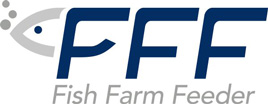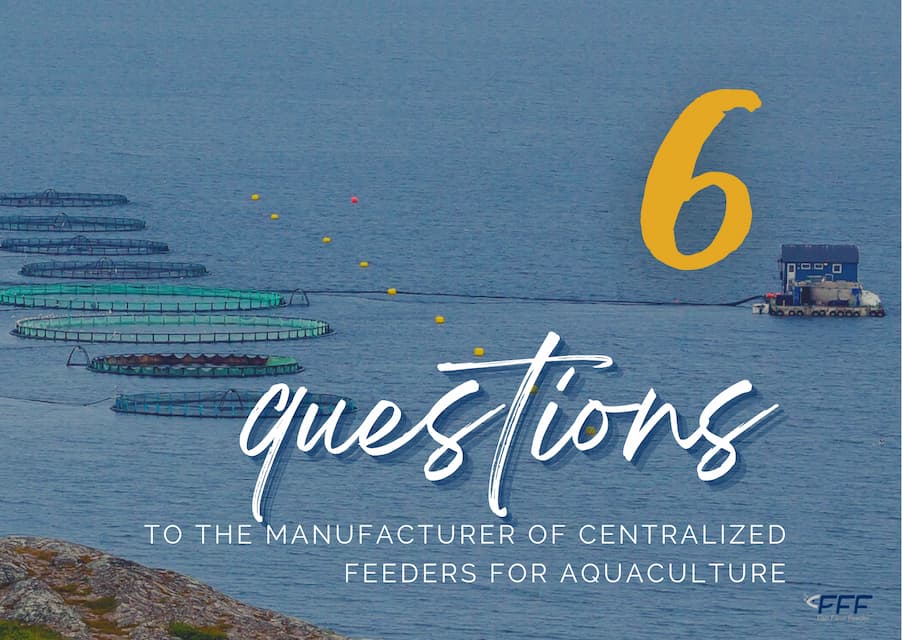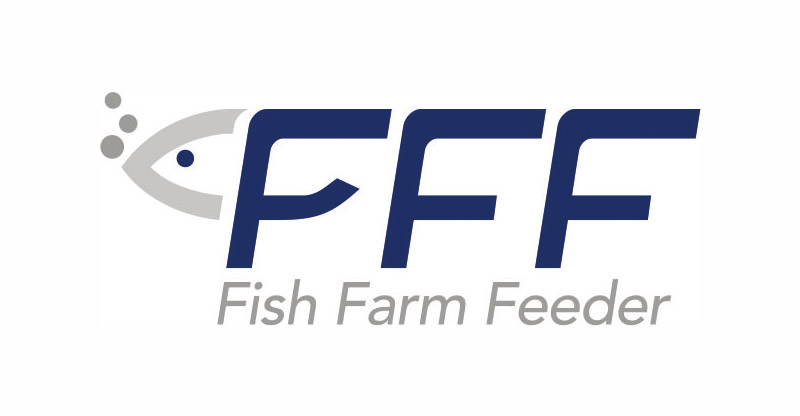After years of dealing with different clients interested in automating feeding at their aquaculture farms, we have defined several issues that need to be clarified before purchasing a centralized feeder and thus guarantee their satisfaction with the product. Content that applies to automation of finfish or shrimp feeding either at an existing aquaculture farm or a greenfield construction.
This article is mainly addressed to those who have decided to incorporate an automatic feeding system in the aquaculture farm. We present a brief introduction about topics that should help any potential buyer of an automated feeder. What a customer and user should know and what manufacturer should share about a Centralized and Automated Feeding System.
1. Why a Centralized Feeder?
A buyer of an automated aquaculture system needs to be sure about the reason why to buy it. That is why the manufacturer or supplier of a centralized feeder should provide all the benefits that can be achieved after automating a farm.
More information about the advantages of a feeding system for aquaculture is detailed in this article >> https://www.fishfarmfeeder.com/en/blog/advantages-feed-automation-systems-in-aquaculture/ <<
2. How does a centralized feeding system work?
The system is called Centralized because it is located in a centralized position within the fish farm.

In the case of FishFarmFeeder (FFF), the system uses air to transport the feed from the silos to the tanks and therefore it is also called Pneumatic.
Which components contains each FFF feeder we specify in the following article
>> https://www.fishfarmfeeder.com/en/blog/components-automatic-aquaculture-feeding-systems/ <<
3. When to customize a centralized feeding system?
There are “standard” systems and “custom-made” ones on the market . The user of a feeding system must assess the benefits of each of these options.
Each aquaculture farm has its particularities, therefore, any adaptation to its needs should be seen as a benefit. A solution that in some cases can be more or less attractive to the buyer, depending of the impact of its costs on the economic profitability of the farm.
In the case of FFF, we offers machinery adapted to the size of the farm. Therefore by designing a feeder we take into account various aspects related with feeding requirements such as: the number and size of the tanks, the size of the pellets, which species to be fed etc.
In the following article we detail what data are needed to customize a feeder >> https://www.fishfarmfeeder.com/en/blog/a-customized-automated-feeder-for-aquaculture/ <<
4. Are there any requirements for installing the automated feeder and its daily management?
In the case of FFF, the installation is carried out in a short period – normally during 5 days. During this time the personnel is trained and the correct operation of the feeder, which has been previously tested in the factory, is verified.
More information about the requirements for farm personnel and the day-to-day management of the system is summarized in this article >> https://www.fishfarmfeeder.com/en/blog/aquaculture-automatic-feeding-system-operation/ <<
5. Is maintenance and warranty included in the price of a feeder?
A centralized feeder, like any other product, has a warranty for a defined period of time.
Other question is whether an prompt technical support is available. A service that helps to solve any incident related with the feeder.
FFF offers different forms of maintenance service. The modalities of technical support are detailed in this article >> https://www.fishfarmfeeder.com/es/blog/maintenance-support-food-system-for-aquaculture/
6. What return on investment expect from centralized feeders?
Regardless of the improvements that automation brings to the farm, it is important to evaluate the efficiency of such investment.
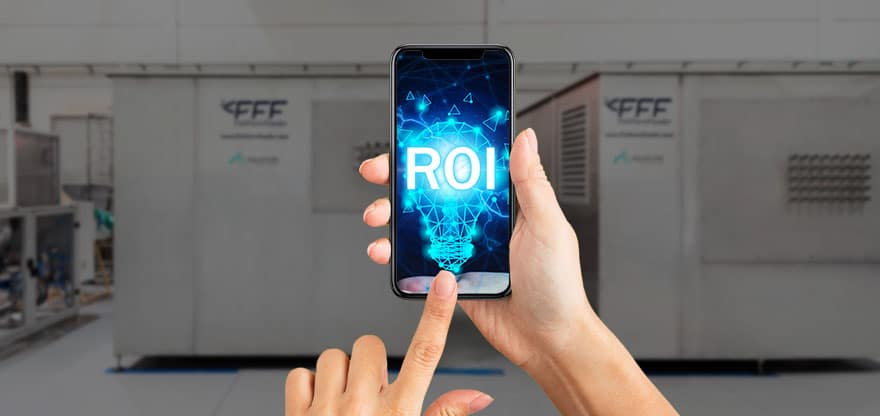
FFF´s recommendation is -> invest in automation if the amortization of the investment is maximum 3 years whereby it is expected that an aquaculture feeder will work more than 10 years.
What are the main elements that influence the return on investment? Details in the following article >> https://www.fishfarmfeeder.com/en/blog/return-on-investment-feeding-systems-aquaculture/ <<
